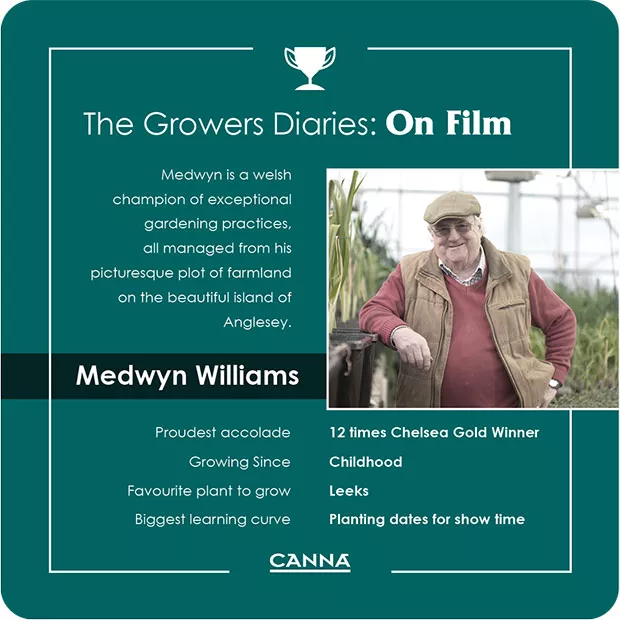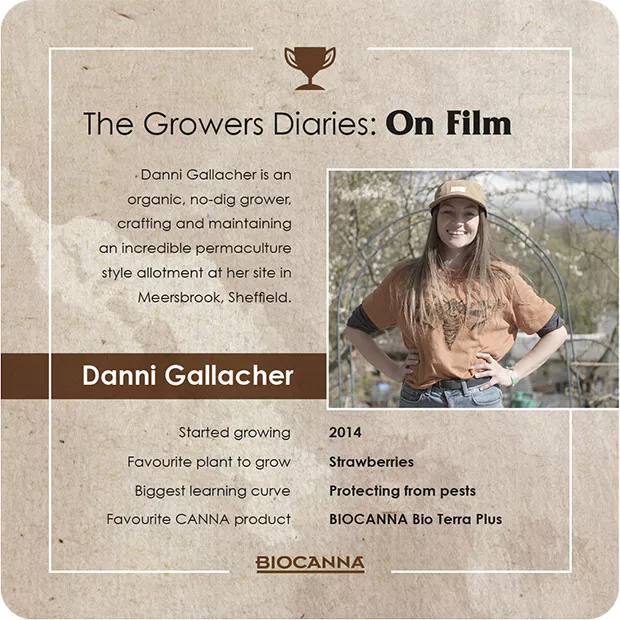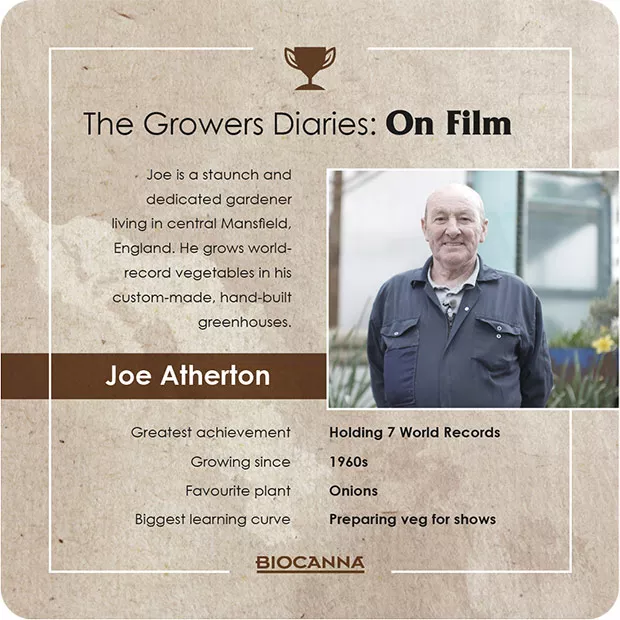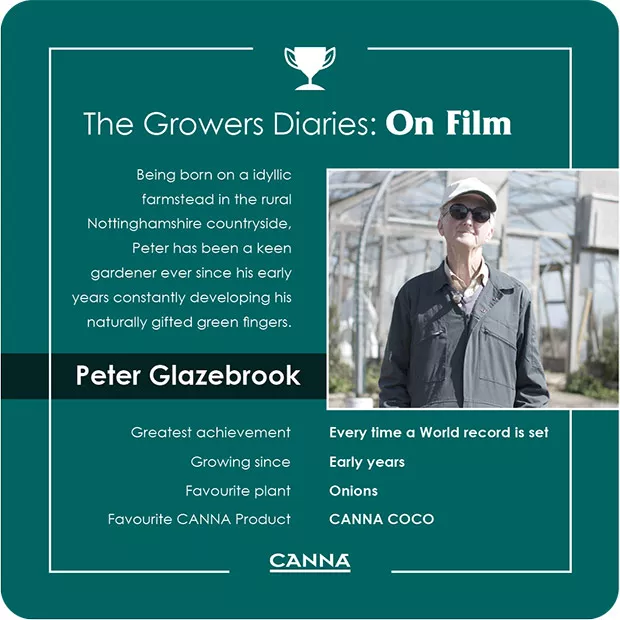
The Growers Diaries: On Film
A season in the life of a grower
At CANNA we have worked with growers from the very beginning; from growers who are just starting out to growers who hold world records and critically acclaimed achievements. The Growers Diaries are not a highlight reel of these growers, through these video entries you see the life of a grower and hear from them the struggles and achievements each month brings them.
The Growers Diaries: On Film follows the progress of four growers throughout their season as they work towards their own personal goals & achievements.
From organic allotments to Chelsea Golds to competition level giant vegetables, no growers journey is the same; each month watch the ups and downs of CANNA & BIOCANNA growers as they overcome new challenges and reap the rewards in results.
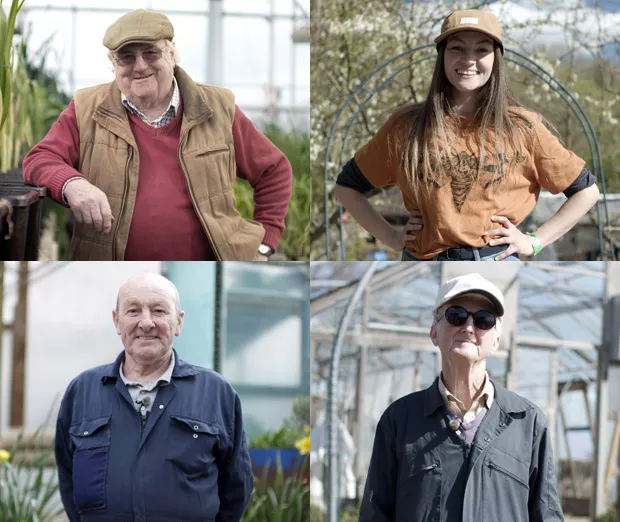
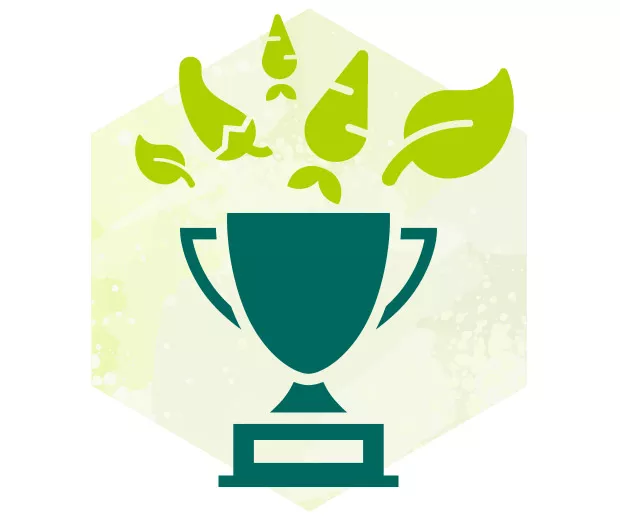
We continue to support growers where we can. Whether that is via technical support or product based support, we are passionate about seeing growers progress and achieve regardless of their level of goals.
- Prices Spices
- Paul Rochester
- Gerald Short
- Ian & Stuart Paton
- My Little Allotment
